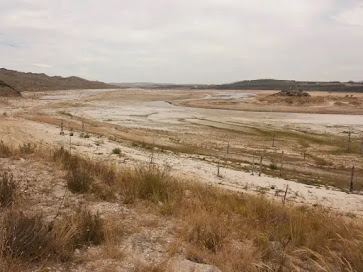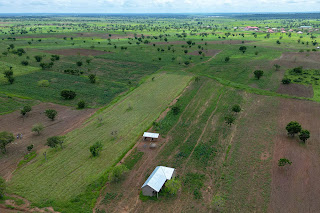Before delving into the issues of water and food security in Africa, I'd like to begin the first blog with a meditation on the film The Boy Who Harnessed the Wind, a narrative about starvation in Africa. The main character, William, utilises his meagre knowledge to build a primitive windmill to pump water, even using his family's most precious bicycle, providing an oasis to his people. I could sense people struggling in Africa with water and a food, in irrigating their land to survive, and in their yearning for knowledge in the face of the famine. The image of Africa has always been one of hardship in contrast to us, who enjoy access to resources. This reminds me of Wainaina's piece, where he critiqued the way that Western nations conceptualise Africa, urging us to abandon the preconceived notion that Africa is "backward" and instead draw the outlines of the romantic and evocative. In light of this, I would write posts about the food and water situations and shape the promising way of development in Africa.
 |
| Figure1: the poster of the movie by Akiko Stehrenberger |
Why is Africa?
 |
| Figure 3: Modern rainfall variability over Africa |
The blog will explore how food and water are shaped in Africa by a complicated network of political, economic, cultural, social, and physical variables, particularly for impoverished people. These elements influence how the politics of decision-making, the power of accessibility to surface and groundwater, adaptations and so on should all be considered when tackling the water and food crises with more sustainable methods.





This is a good start on the issue of water and food in Africa, demonstrating a reasonable appreciation of the theme in relation to access and scarcity. Hopefully more specific case studies will be explored in subsequent posts.
ReplyDeleteThank you so much Clement.I am sorry for replying late, but your suggestion was really useful in my following posts.
ReplyDelete